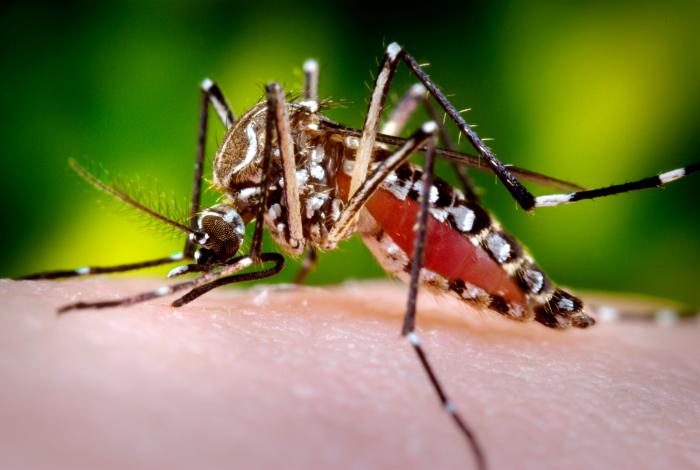Through early November 2016, the Philippines saw nearly 192,000 dengue fever cases on to consecutive years of more than 200,000 cases.
However, this year the numbers are down by a significant amount. According to Department of Health data, a total of 117,654 dengue cases were recorded nationally through Nov. 4. This is a decrease of 38.6 percent year to year.

657 dengue-related deaths were recorded for this period.
The National Capital Region (NCR) accounted for the highest percentage of cases, followed by Central Luzon, CALABARZON and Central Visayas.
Related: Ayoko sa Lamok: Filipino youth’s battle against dengue fever
Dengue is a viral infection transmitted by the bite of an infected mosquito. There are four closely related but antigenically different serotypes of the virus that can cause dengue (DEN1, DEN 2, DEN 3, DEN 4).
- Dengue Fever (DF) – marked by an onset of sudden high fever, severe headache, pain behind the eyes, and pain in muscles and joints. Some may also have a rash and varying degree of bleeding from various parts of the body (including nose, mouth and gums or skin bruising).Dengue has a wide spectrum of infection outcome (asymptomatic to symptomatic). Symptomatic illness can vary from dengue fever (DF) to the more serious dengue hemorrhagic fever (DHF).
- Dengue Hemorrhagic Fever (DHF) – is a more severe form, seen only in a small proportion of those infected. DHF is a stereotypic illness characterized by 3 phases; febrile phase with high continuous fever usually lasting for less than 7 days; critical phase (plasma leaking) lasting 1-2 days usually apparent when fever comes down, leading to shock if not detected and treated early; convalescence phase lasting 2-5 days with improvement of appetite, bradycardia (slow heart rate), convalescent rash (white patches in red background), often accompanied by generalized itching (more intense in palms and soles), and diuresis (increase urine output).
- Dengue Shock Syndrome (DSS) — Shock syndrome is a dangerous complication of dengue infection and is associated with high mortality. Severe dengue occurs as a result of secondary infection with a different virus serotype. Increased vascular permeability, together with myocardial dysfunction and dehydration, contribute to the development of shock, with resultant multiorgan failure.
Related:
- Philippines: WHO supports decision to suspend the ongoing dengue vaccination program
- Philippines DOH: ‘There is no outbreak of Japanese encephalitis’
- Japanese encephalitis, the Philippines and the need to put the vaccine on the national schedule
- Outbreak News This Week: New fluoroquinolone antibiotic, Travel health-Philippines


One thought on “Dengue cases down in Philippines, Most cases in Manila area”